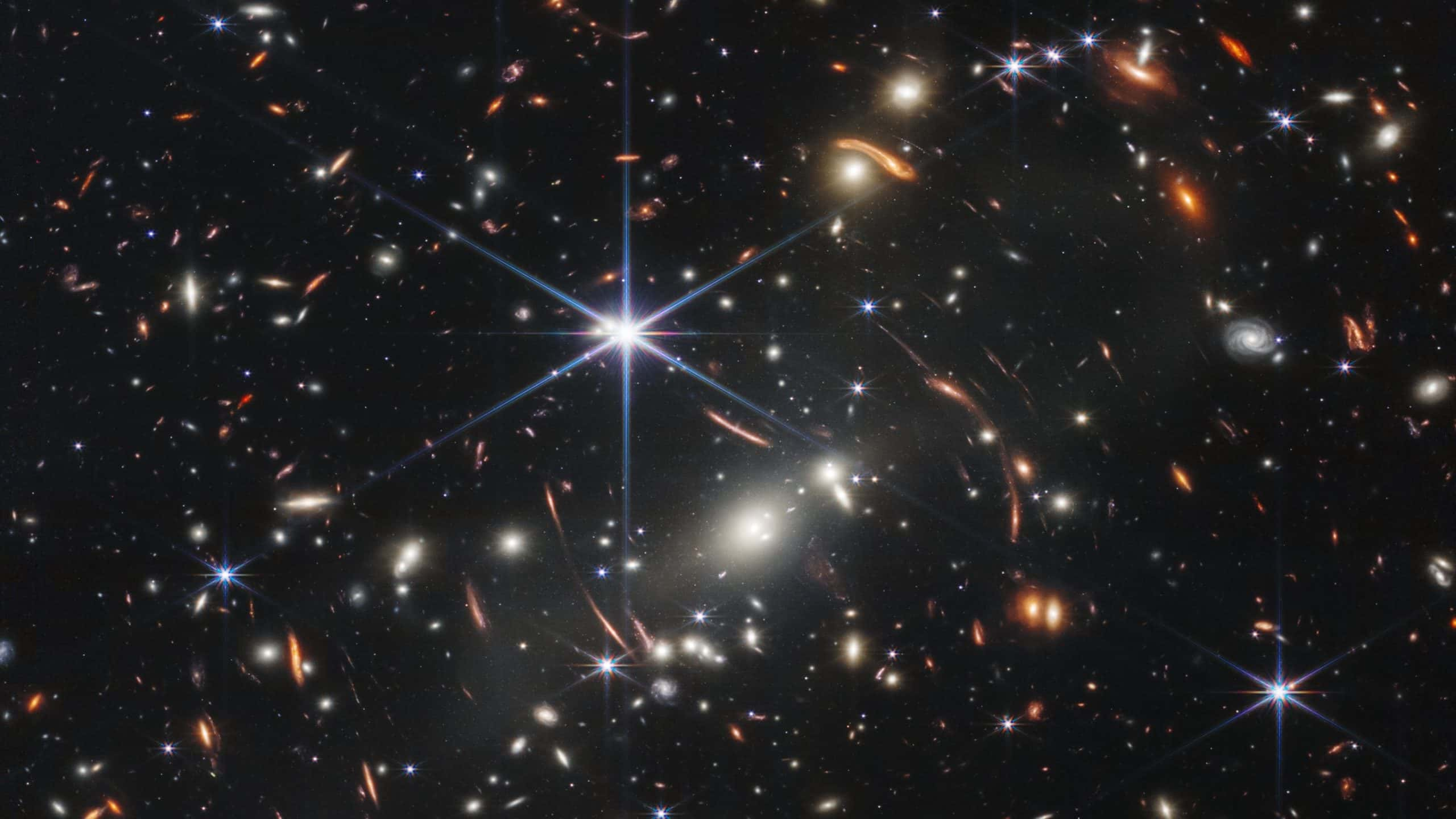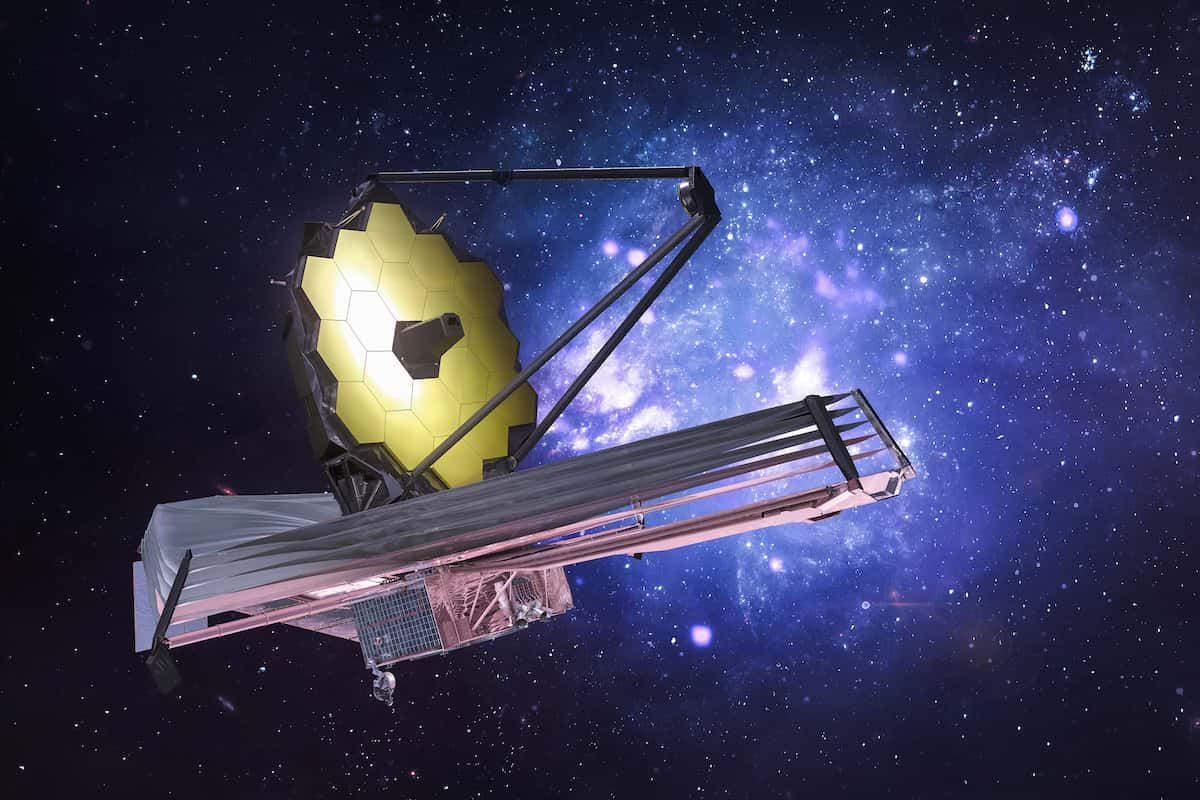Researchers conducting computer simulations have found that these radiant galaxies from the era when the universe was under 400 million years old may owe their luminosity to intense bursts of massive star formation.

The James Webb Space Telescope images (JWST) have made a remarkable discovery, revealing brilliantly shining galaxies in the early universe that challenge previous assumptions about cosmic history
Since the James Webb Space Telescope images commenced its scientific mission in the summer of 2022, it has been uncovering high-redshift galaxies, which are believed to have existed earlier in cosmic history than previously observed. Astonishingly, these galaxies are far brighter than what the conventional cosmological model predicts for their age. This revelation has raised doubts about the standard model, which proposes that galaxies begin small and grow through mergers driven by dark matter in the cosmic web.
Claude-André Faucher-Giguère of Northwestern University, a member of the research team led by Guochao Sun of Caltech, explained that these galaxies are exceptionally luminous not because of their size but due to rapid star formation during their early existence. Computer simulations not only accurately replicate the galaxies’ brightness but also their abundance, matching James Webb Space Telescope images’s observations.
The simulations suggest that bursts of star formation, akin to those observed during galaxy collisions today, occurred in the early universe
These bursts released intense flashes of light, creating the dazzling galaxies seen by the James Webb Space Telescope images. The study also aligns with the hierarchical growth model of galaxies outlined in the standard cosmological model, affirming that galaxies had no trouble achieving their luminosity during cosmic dawn. The findings were published in The Astrophysical Journal Letters on October 3.
READ ALSO: Virgin Galactic Mission Galactic 04 Delayed By One Day For Preparations




